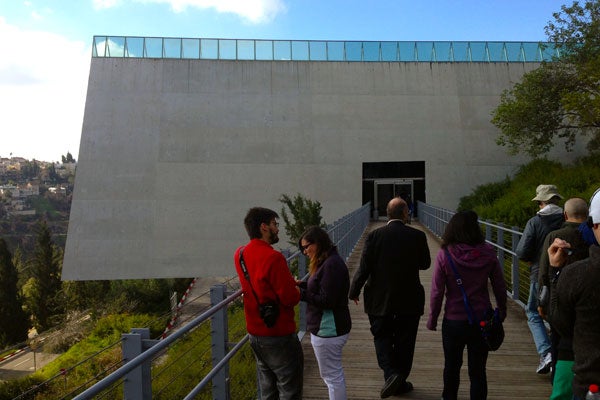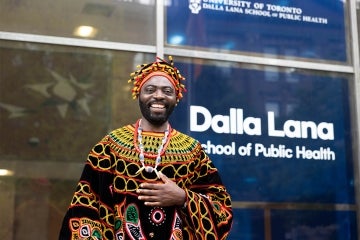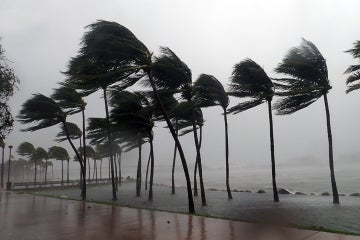
From Yad Vashem to U of T: the importance of gathering and sharing Holocaust stories
Published: December 9, 2015
Documenting and collecting stories, memories, and testimonials of the Holocaust is one of the most significant intergenerational and international initiatives of our time, Haim Gertner says.
Gertner, the director, Archives Division and Fred Hillman Chair of Holocaust Documentation, Yad Vashem, Israel, was the IP Sharp guest lecturer on Dec. 2 at the University of Toronto’s Faculty of Information.
He described how the largest collection of research, education, and commemoration of Holocaust documents in the world – in Israel’s Yad Vashem – is still expanding.
“We have to gather huge pieces of the puzzle,” Gertner said, as “fragmented pieces of knowledge are a huge challenge for any historian.”
Gertner is leading an extensive project to collect all historical and personal Holocaust-related documentation, and make it openly accessible to the public through an innovative amalgamation of content and technology.
He said that although fewer and fewer Holocaust survivors remain each year, five teams from Yad Vashem still take video testimonies every day, and produce about 1,200 videos annually. Archivists are digitizing and translating these spoken testimonies from 41 languages into English, as well as documents written in 60 different languages.
One of the lecture attendees, Faculty of Information alumna Helen Katz, said she is grateful for the translations because her parents’ family history is there, written mainly in Yiddish and Hebrew. “Yad Vashem is a special place in Jewish hearts,” she said.
Yad Vashem is making agreements with thousands of organizations to survey and find more Holocaust narratives and documents, is gathering copies of collections around the world, as well as mapping where all information centres are located.
These efforts have resulted in Yad’s online collection of180 million pages, a half million photos, 125,000 Holocaust survivor testimonies, and other saved treasures, such as a Jewish man’s diary detailing life for 450 orphaned Jewish children in an Israel housing facility.
“We have the ability to see what we have, and make meaningful connections somehow. It’s our moral duty to provide access to all knowledge and data and have it be free,” Gertner said.
 Katz (pictured at right, with her husband) agreed, and said she hopes one day Yad Vashem will be the one place to house all memories.
Katz (pictured at right, with her husband) agreed, and said she hopes one day Yad Vashem will be the one place to house all memories.
“The speaker ‘s real life examples showed us how bits and pieces of information could make lost family stories more complete. I am positive it has reunited families,” she said. “This is what family and connections mean to Holocaust survivors and children of Holocaust survivors.
“Yad Vashem means that the leaves on the family tree may be gone, but not forgotten.”
Gertner showed audience members how the fortitude of survivors like Rosemarie Gold, who kept cellophane-wrapped family photos hidden in a sandwich, enabled later familial connections to be made.
Katz experienced this personally. Her parents, Harry and Molly Lewkowicz, were in their twenties when they were sent to work camps. Liberated in 1945, Harry went back to Poland to find his six siblings, only to learn that none survived. Molly located only one of her four sisters.
They moved to Germany, married, and in 1949 immigrated to Canada where they raised two children and lived full lives, with Harry reaching 90, and Molly 92.
In Poland, there was nothing to commemorate the existence or memory of their families. But Harry ensured the names of both his family and his wife’s family appear on their tombstones in Canada.
“Archives are powerful,” said Faculty of Information Dean Seamus Ross, who was recently re-appointed to the Advisory Board of the European Holocaust Research Infrastructure project.
“If you didn’t realize that, I’m sure you get it now,” Ross told the audience. “In the hands of creative archivists and knowledge managers, we can reconstruct stories and bring materials together that transform lives.”
(Photo of Dean Seamus Ross and Haim Gertner by Kathleen O'Brien)




